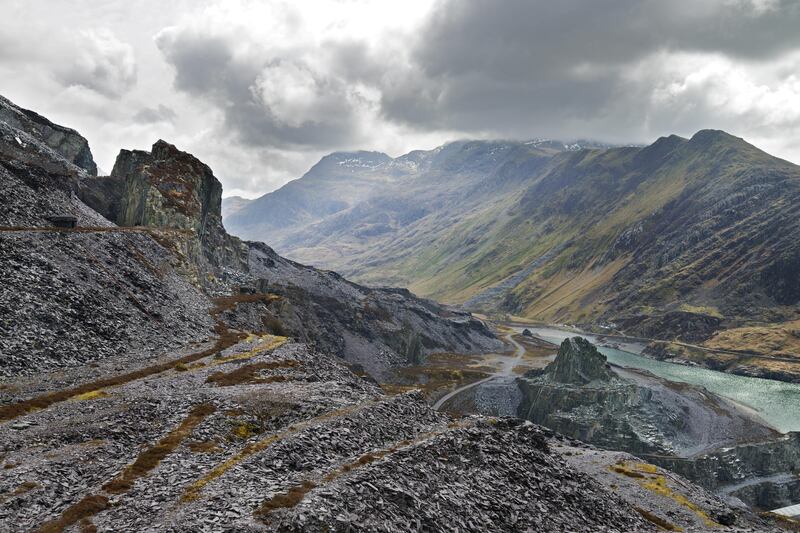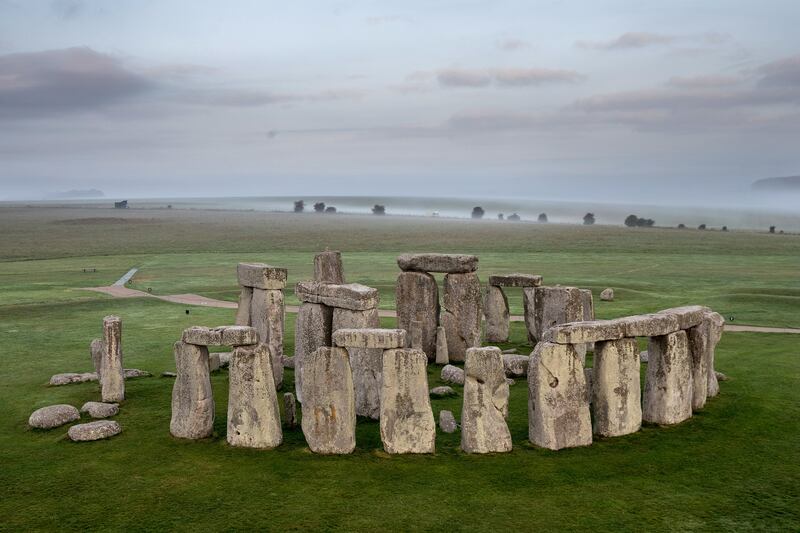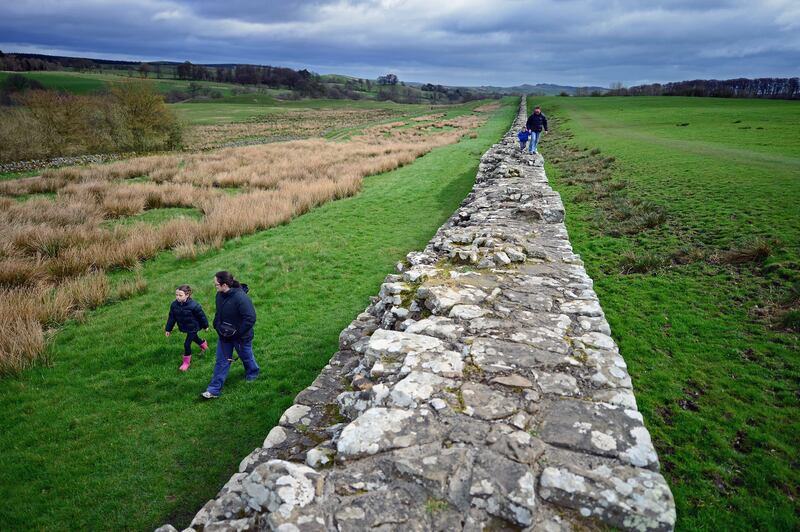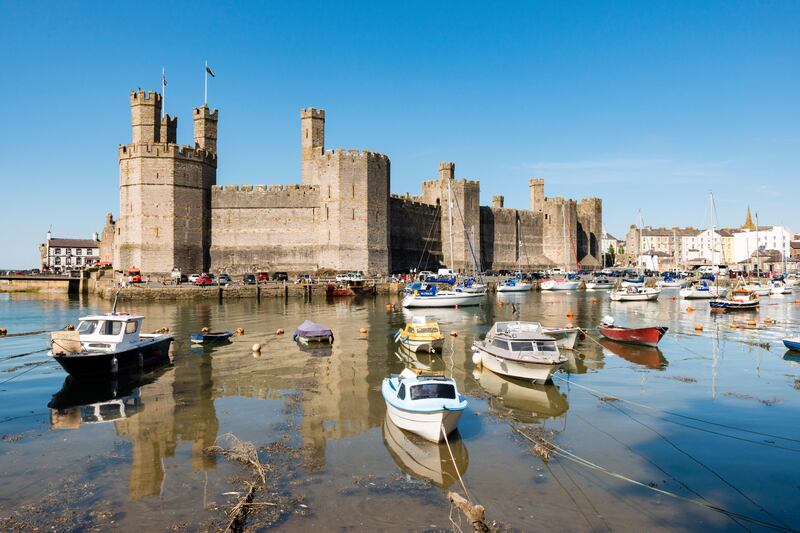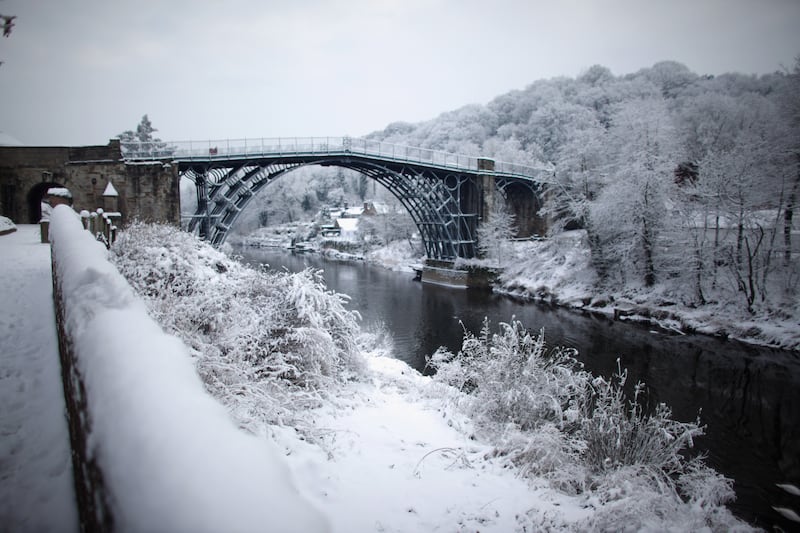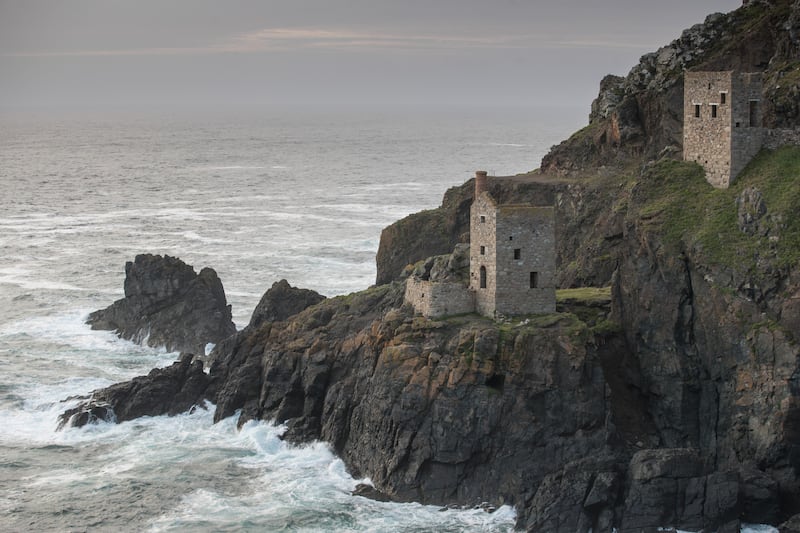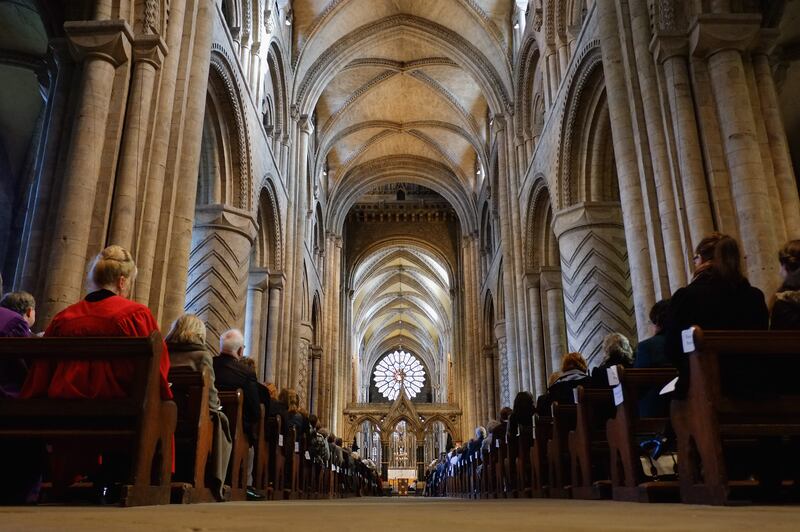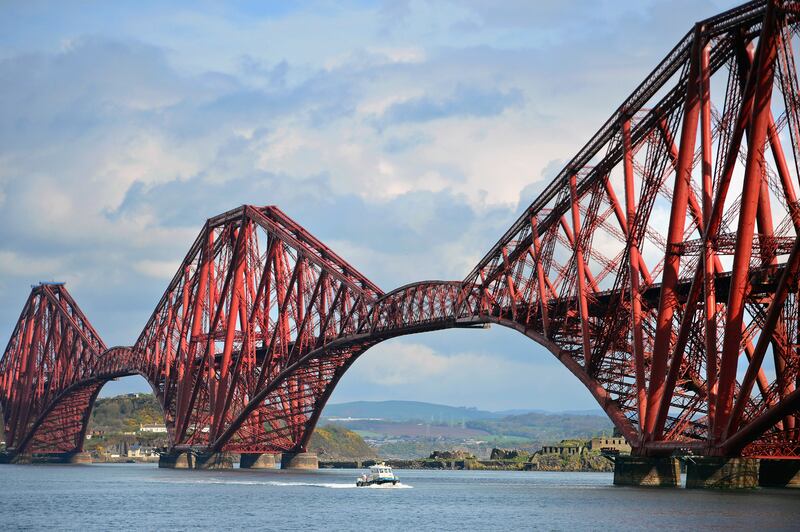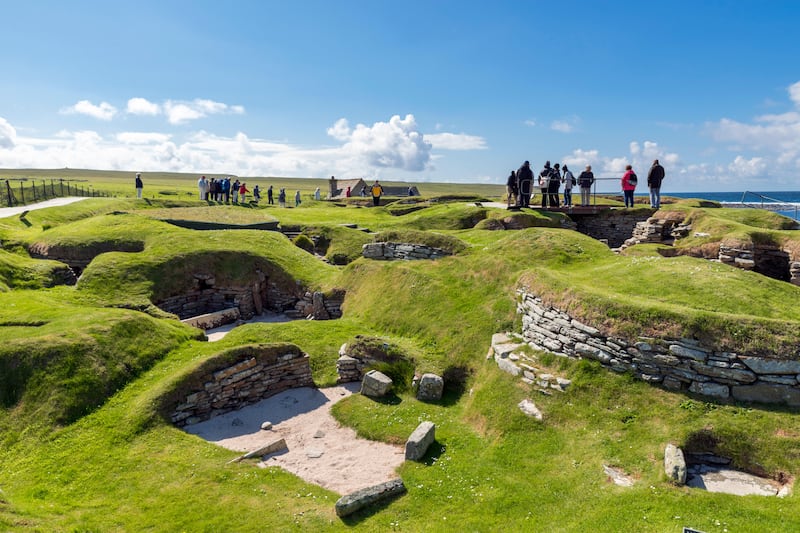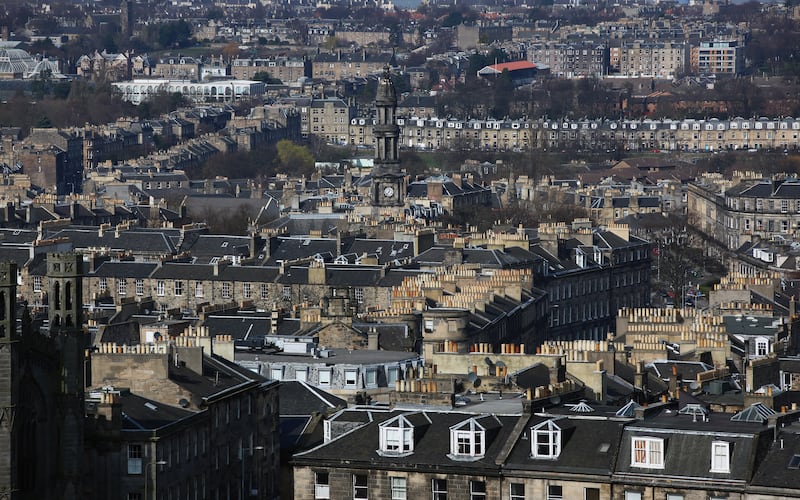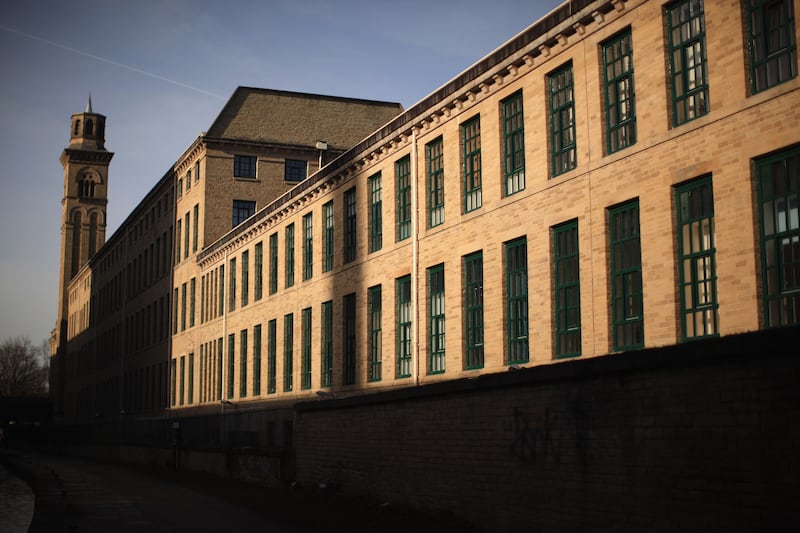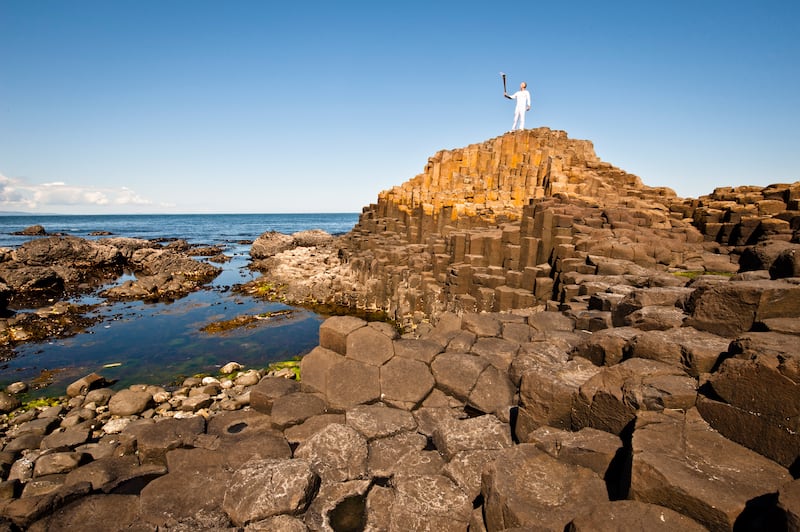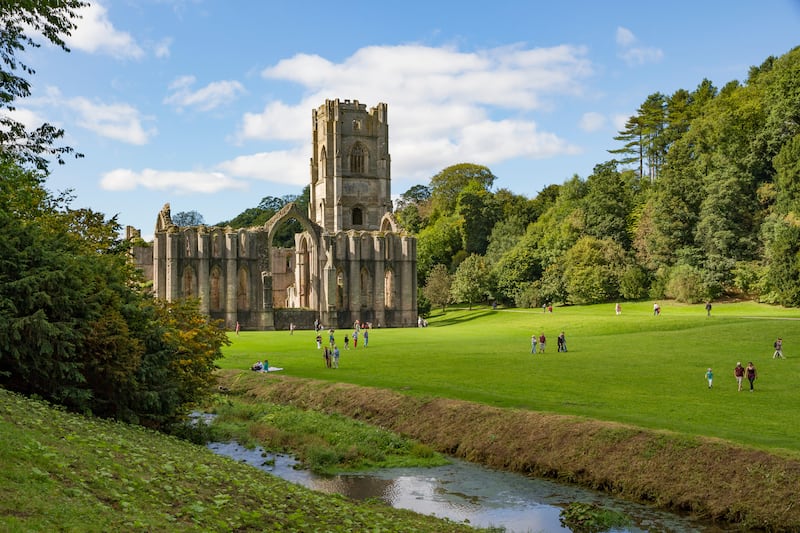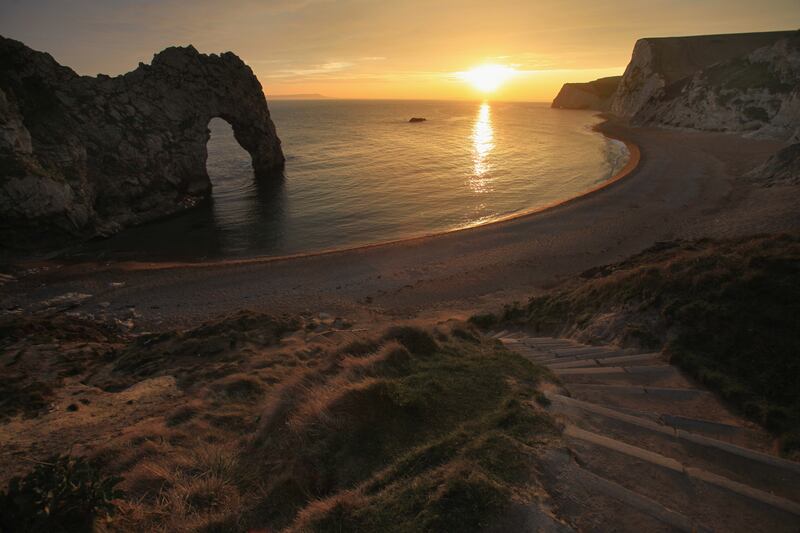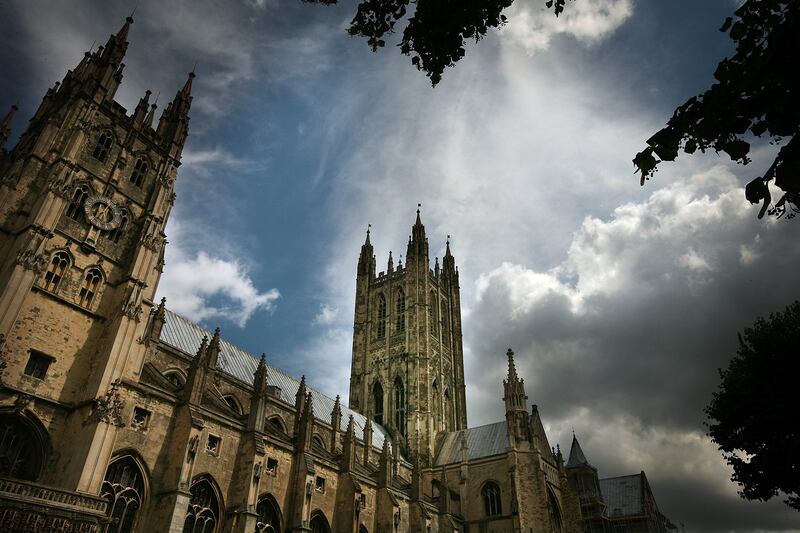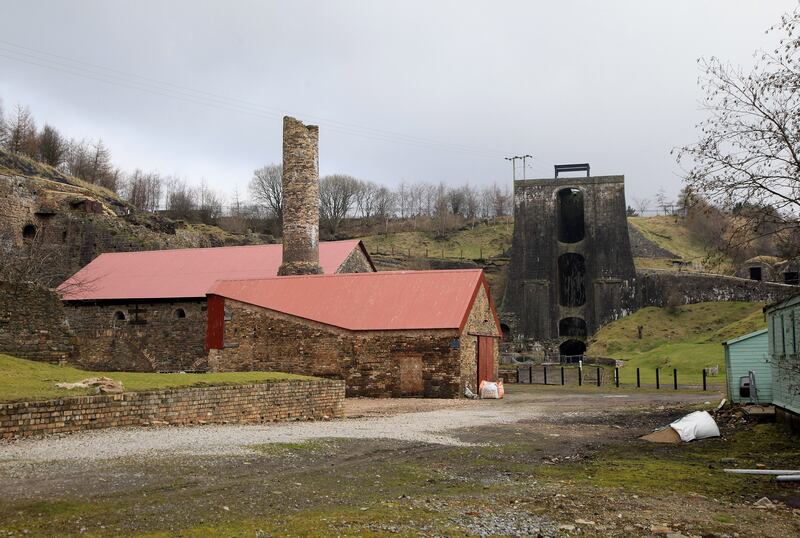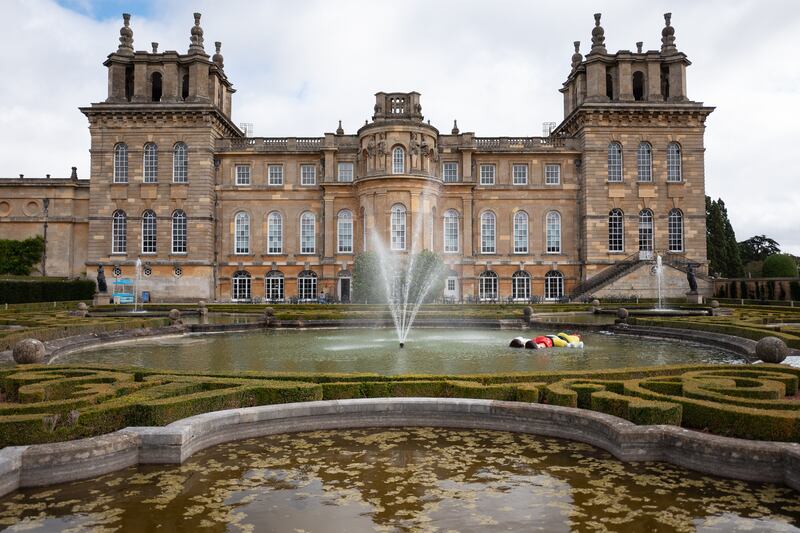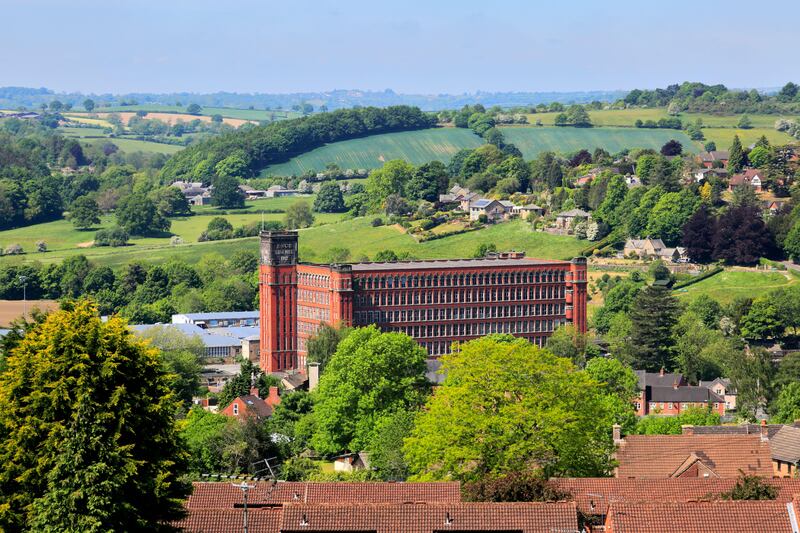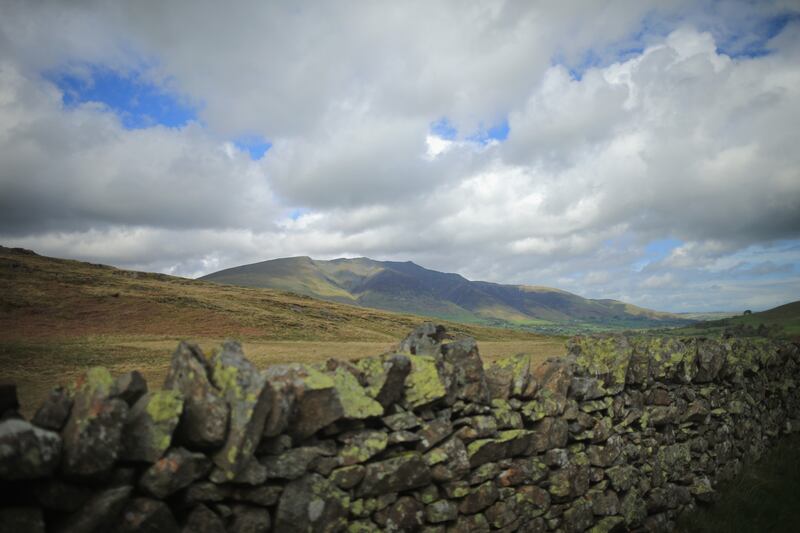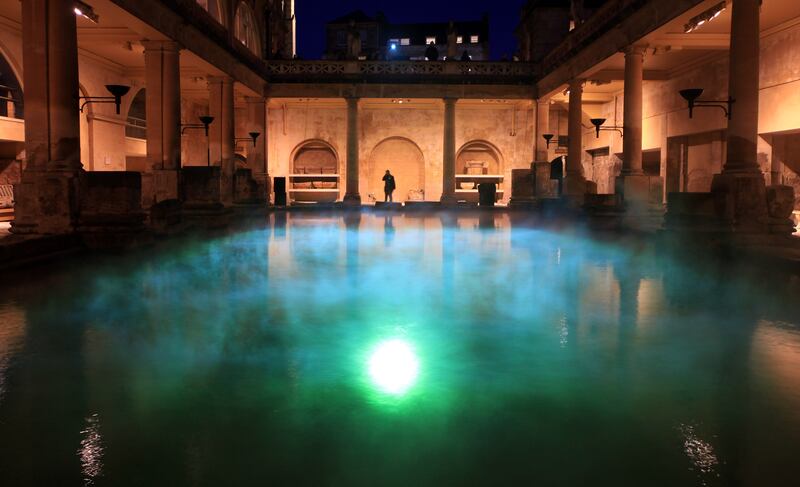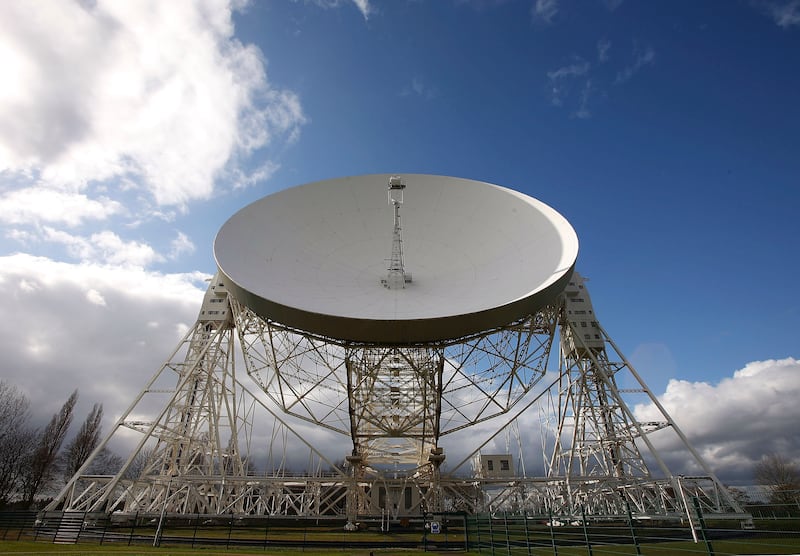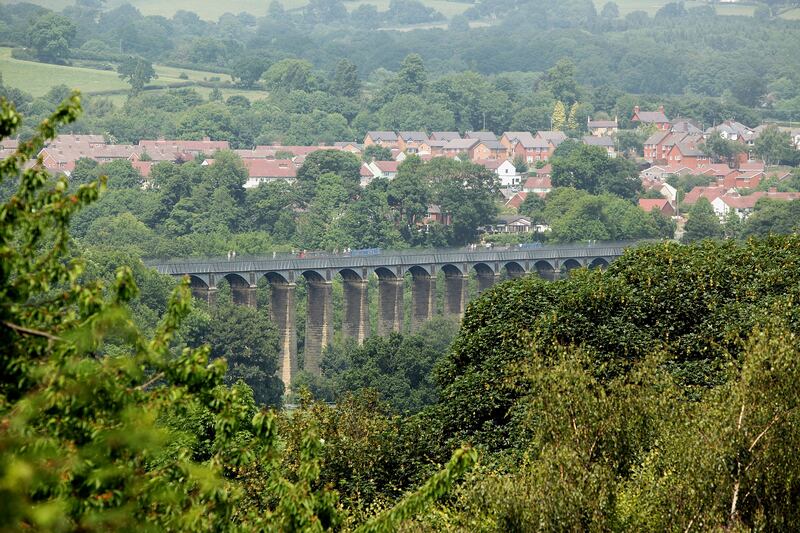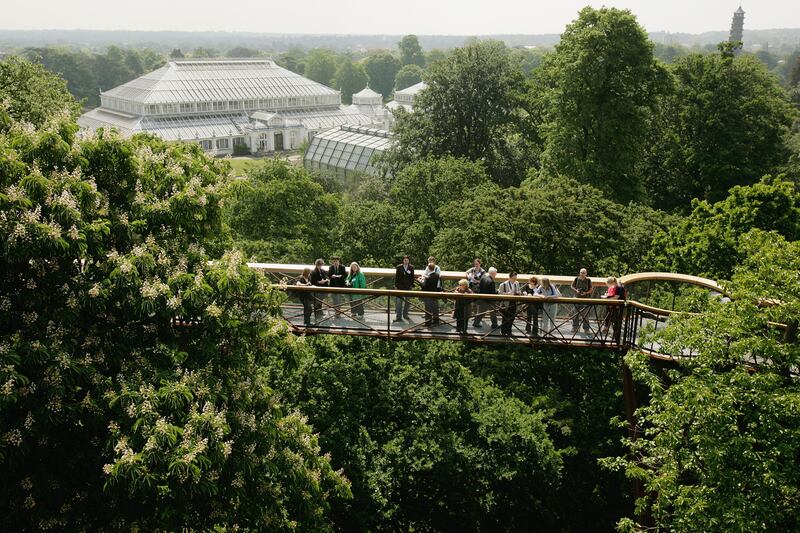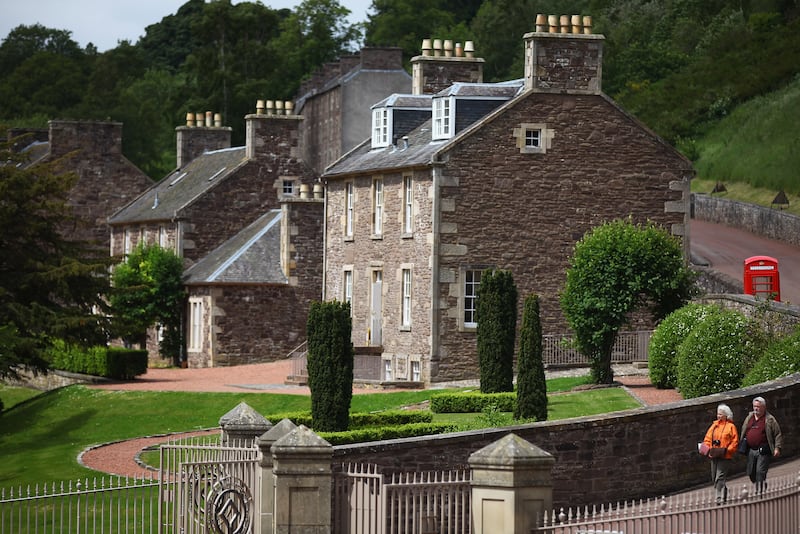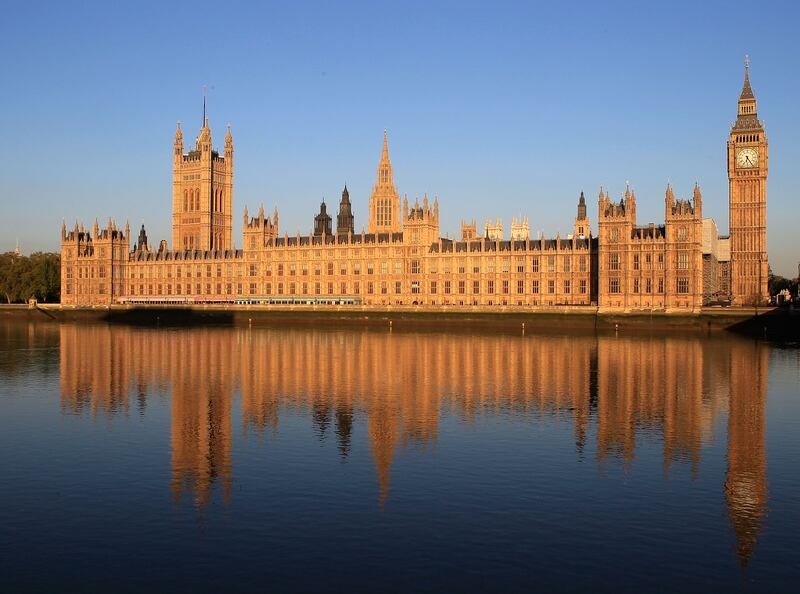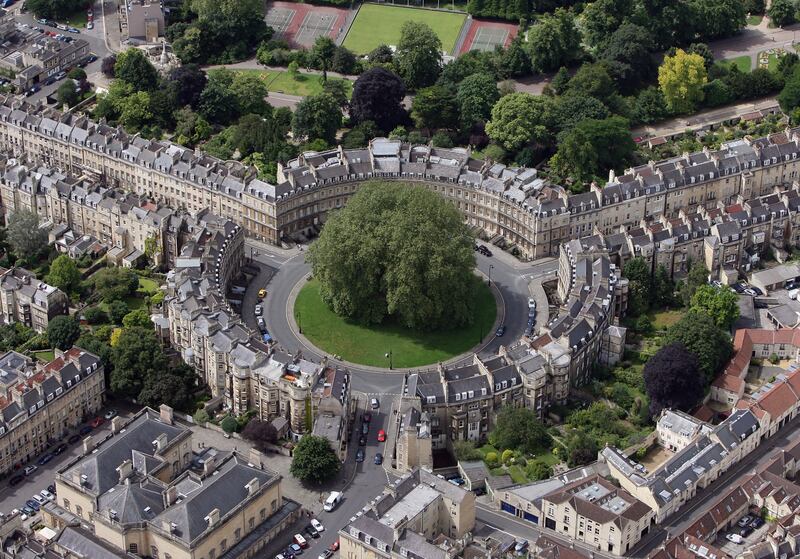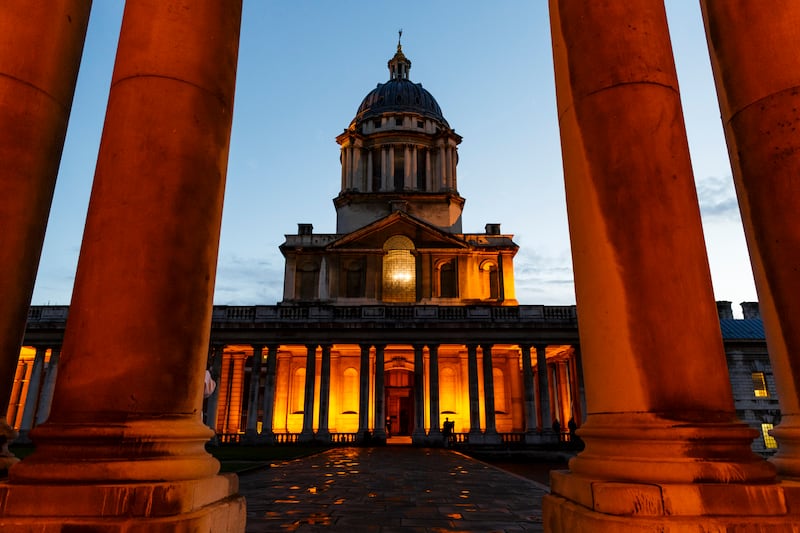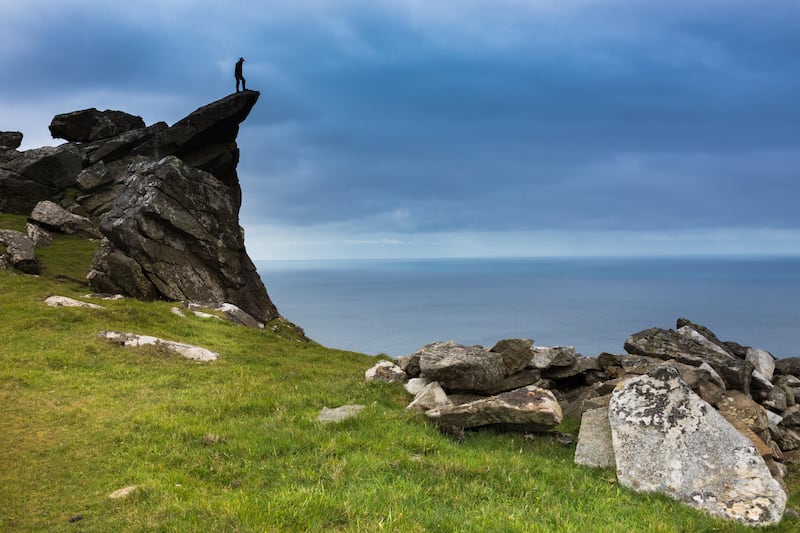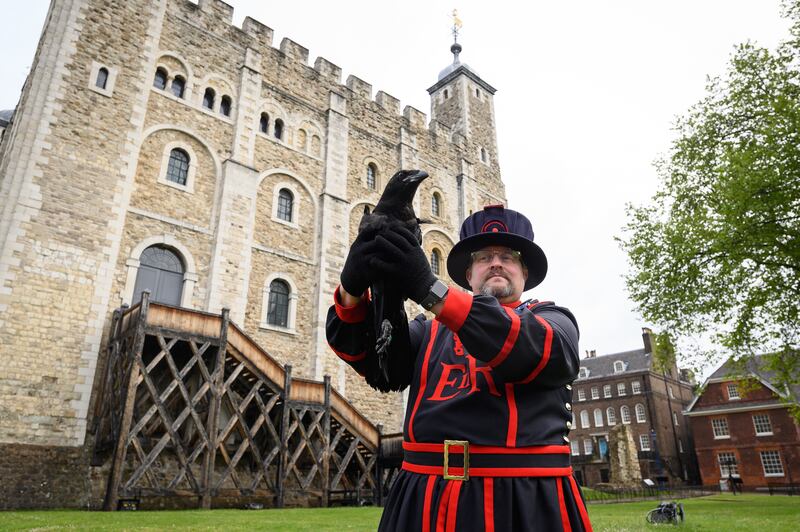The slate landscapes of north-west Wales were on Wednesday added to the illustrious World Heritage List.
Snowdonia’s ashen and craggy landscapes join such world-renowned sites as the Taj Mahal, the Great Wall of China and Machu Picchu on the UN register.
Three prestigious sites closer to home are the Pontcysyllte Aqueduct, Blaenavon Industrial Landscape and the Castles and Town Walls of King Edward in Gwynedd.
The UK now has 33 sites on the list in total, some of which are depicted in the gallery. It would have been 34 but Liverpool's historic waterfront was recently stripped of its status amid concerns it was overdeveloped.
The World Heritage Committee convened in China this week to adjudicate the merits of the slate quarries and a host of other contenders. It had already inscribed 30 new sites before the slate landscapes anointment, while the Great Spas of Europe, the Dutch Water Defence Lines in the Netherlands and the Trans-Iranian Railway were added earlier in the year.
The committee assesses bids on their outstanding universal value, uniqueness and cultural, historical or physical significance.
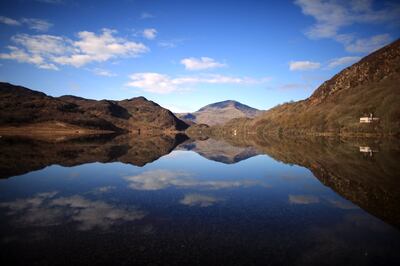
Slate’s significance in Wales rivals that of coal. The Welsh slate industry was the undisputed world leader in the 18th Century, at one stage accounting for almost half of the income in the north of the country.
In the 19th Century the industry was said to have roofed the world, but slates use in construction far predates this period. The Romans used the metamorphic rock to build a fort at Segontium, Caernarfon, in 77 AD.
It was also used in buildings such as Westminster Hall, the Royal Exhibition Building in Melbourne and Copenhagen City Hall in Denmark.
Those behind the successful bid, which has been 15 years in the making, were keen to emphasise that it is about more than the “remains of the slate industry”.
“It’s also about ... the role the industry played with Welsh language with the communities, the money that flowed through this to then invest in north Wales itself,” Luke Potter, assistant director of National Trust Cymru, told BBC Radio Wales.
Snowdonia: a planet for Hollywood
Whilst aesthetics aren’t a primary criterion for World Heritage inscription, the landscapes of Blaenau Ffestiniog, Llanberis, Bethesda and the Nantlle Valley were noted for their “breathtaking beauty” by UK Prime Minister Boris Johnson when the bid was announced last year.
They’ve also caught the eye of Hollywood, with scenes from Harry Potter, Robin Hood, Clash of the Titans and Tarzan all shot there.
It also has a link to the world’s most famous locomotive – Thomas the Tank Engine.
The stories of the spirited steam engine were inspired by writer the Rev W Awdry’s time as as a volunteer at Talyllyn Railway in the 1950s.
The narrow-gauge railway was used to transport slate through Snowdonia before becoming the world’s first preserved railway in 1951.
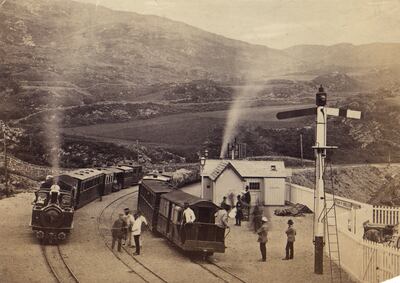
UK's 33 Unesco World Heritage Sites
- Blaenavon Industrial Landscape (2000)
- Blenheim Palace (1987)
- Canterbury Cathedral, St Augustine's Abbey and St Martin's Church (1988)
- Castles and Town Walls of King Edward in Gwynedd (1986)
- City of Bath (1987)
- Cornwall and West Devon Mining Landscape (2006)
- Derwent Valley Mills (2001)
- Dorset and East Devon Coast (2001)
- Durham Castle and Cathedral (1986)
- Frontiers of the Roman Empire
- Giant's Causeway and Causeway Coast (1986)
- Gough and Inaccessible Islands (1995, 2004)
- Gorham's Cave Complex (2016)
- Heart of Neolithic Orkney (1999)
- Henderson Island (1988)
- Historic Town of St George and Related Fortifications, Bermuda (2000)
- Ironbridge Gorge (1986)
- Jodrell Bank Observatory (2019)
- Maritime Greenwich (1997)
- New Lanark (2001)
- Old and New Towns of Edinburgh (1995)
- Palace of Westminster and Westminster Abbey including Saint Margaret's Church (1987)
- Pontcysyllte Aqueduct and Canal (2009)
- Royal Botanic Gardens, Kew (2003)
- Saltaire (2001)
- St Kilda (1986, 2004, 2005)
- Stonehenge, Avebury and Associated Sites (1986)
- Studley Royal Park including the Ruins of Fountains Abbey (1986)
- The English Lake District (2017)
- The Forth Bridge (2015)
- The Great Spa Towns of Europe (2015)
- Tower of London (1988)
- Welsh Slate Landscape (2021)
